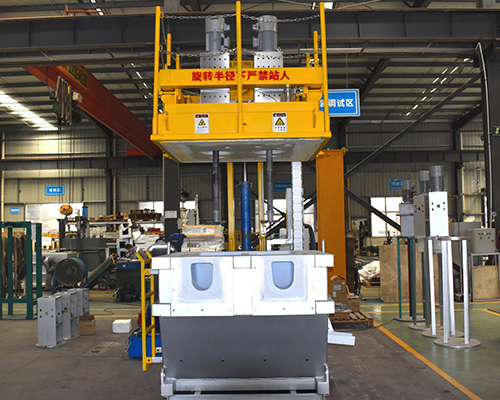The degasser system uses the rotor in the stator to remove the gas from the molten aluminum. Molten aluminum degasser system usually uses one or more rotating rotor devices to inject inert gas. The rotating rotor device usually introduces inert gas (such as argon) into the molten metal through many bubbles, and the rotor can shear and disperse these bubbles into the molten metal so as to saturate the molten metal with the inert gas.
Degasser System Working Process
Inert gas is usually introduced into the molten metal near the bottom of the containment vessel, and the bubbles are dispersed and rise to the surface of the melt, adsorbing dissolved hydrogen in the process. Adding a small amount of chlorine can help break the bond between the molten aluminum and the inclusions, so that the inclusions are more likely to adhere to the rising bubbles and be floated to the surface of the molten aluminum. An additional amount of chlorine can be added to the inert gas to chemically react with incoming alkali metals (such as sodium, lithium, calcium, or others) to form chloride salts, which also float to the surface of molten aluminum.
Generally, inclusions, solid salts and other materials floating on the surface of the melt form so-called scum, which can be skimmed off the surface and removed as waste.

It is usually desirable to use small bubbles to maximize the saturation of molten aluminum and maintain a calm surface of the melt to better promote the floating and trapping of inclusions and salts to the surface of the melt. Achieving these goals usually results in better separation of molten aluminum from dross.
The rotating rotor can actually be used to shear and help disperse the bubbles and any additives into the molten aluminum. In order to keep the melt surface relatively static, it is also necessary to avoid the eddy current effect caused by the rotation of the rotor. The effect of eddy currents tends to cause surface cracks, mixing of materials in the slag with parts of the molten aluminum, and often hinders the removal of unwanted gases and inclusions.

